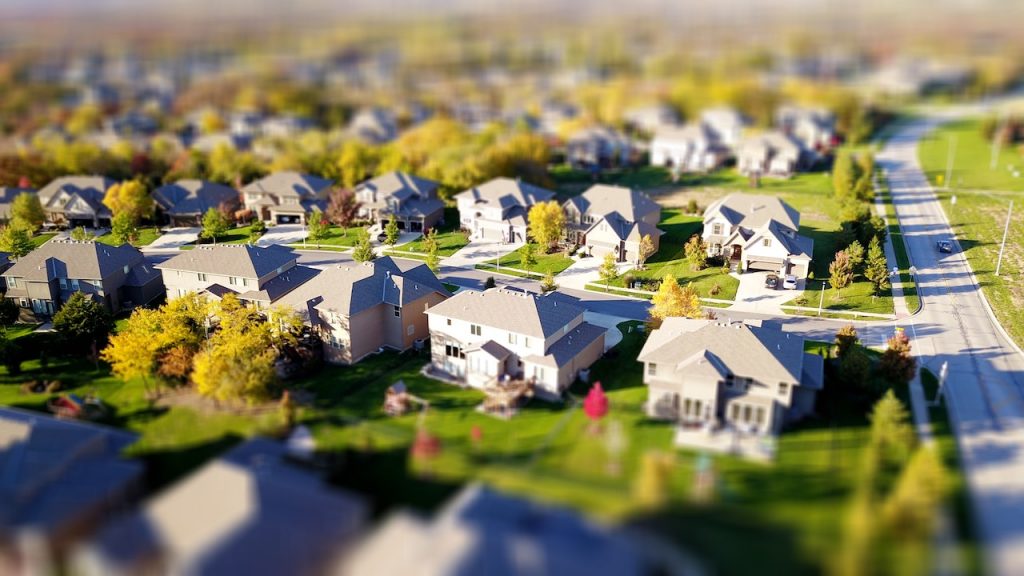
GUEST POST from Chateau G Pato
The concept of ‘smart cities’ has been gaining traction in the past decade. Smart cities integrate technology-enabled sensing, analysis and communication across vital city operations, for example, transportation and energy management. The term may also refer to a vision of a city that is connected and efficient, safer, and more livable. With their introduction into urban environments comes both challenges and opportunities.
One major challenge for smart cities is the amount of data that the connected infrastructure is expected to collect, analyze and report. For this reason, city governments require the right infrastructure and platform to store, protect and analyze the data safely to improve urban services and decision making. Security and privacy are also major concerns. Cities need to deploy new technologies and protocols for data security and privacy protection, while also managing the resilience of the data existing in such systems.
Cost is another major challenge for smart cities. The introduction of new technologies can incur high financial costs. This may include the development of interface-oriented smart systems, power supplies and real-time control. Moreover, the maintenance costs for managing and running smart city systems will be a challenge for city management.
Despite these challenges, smart cities also present lucrative opportunities. For example, two notable examples of successful implementations of smart cities are Barcelona in Spain and Amsterdam in the Netherlands.
Case Study 1 – Barcelona
Barcelona is known for its pioneering implementation of city-wide Wi-Fi. This initially included the deployment of 360 antennas across the city, providing free public access. Barcelona has since incorporated a range of digitalized services, for example, a collaboration program to create an open data platform for civic services such as waste management and pollution monitoring.
Case Study 2 – Amsterdam
Amsterdam is also an example of a successful smart city. The city collects data from a variety of sources, including sensors, wearables and smartphones, to generate a centralized control platform. This platform is then used for crime prediction, the efficient delivery of healthcare services, improved traffic management, and better environmental tracking.
Conclusion
It is clear that smart cities present both challenges and opportunities. Despite the high investments required for data collection and infrastructure, it is evident that the implementation of these frameworks can result in improved urban services and decision making, a modernized public infrastructure, and advanced safety standards. Cities that demonstrate innovation and effective management strategies could benefit from the potential of smart cities, making urban life more connected and efficient.
Bottom line: Futurology is not fortune telling. Futurists use a scientific approach to create their deliverables, but a methodology and tools like those in FutureHacking™ can empower anyone to engage in futurology themselves.
Image credit: Pexels
![]() Sign up here to get Human-Centered Change & Innovation Weekly delivered to your inbox every week.
Sign up here to get Human-Centered Change & Innovation Weekly delivered to your inbox every week.